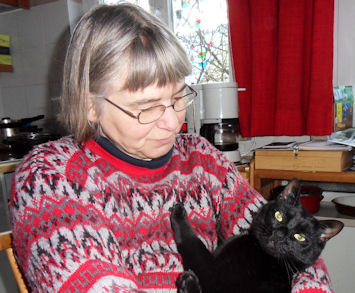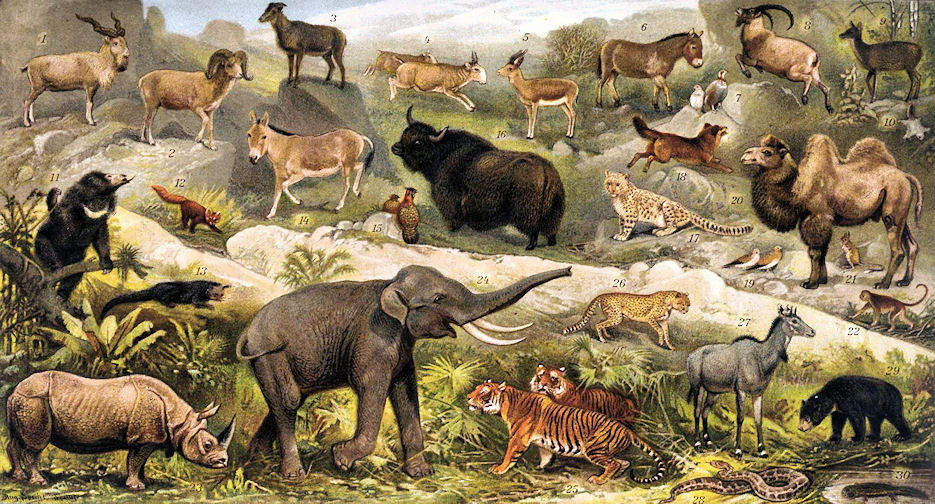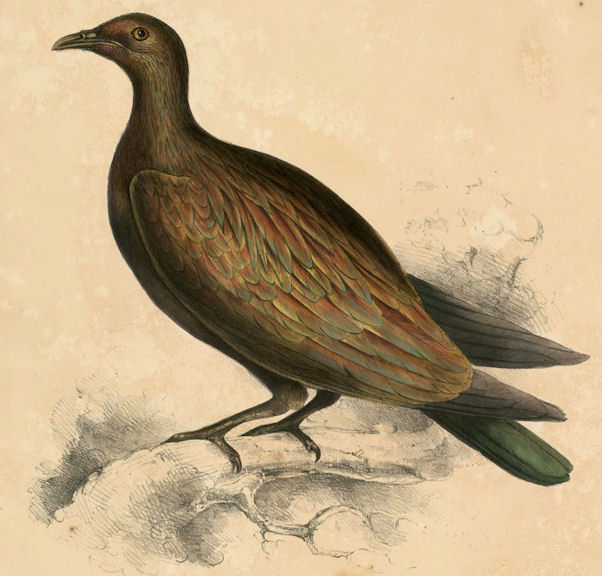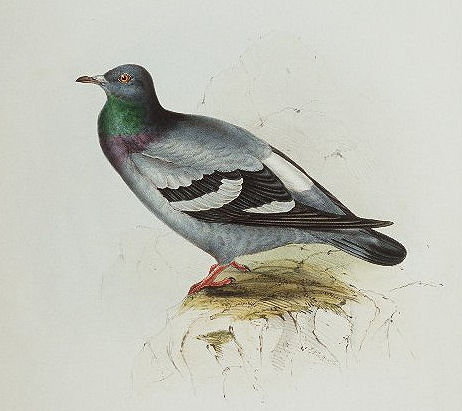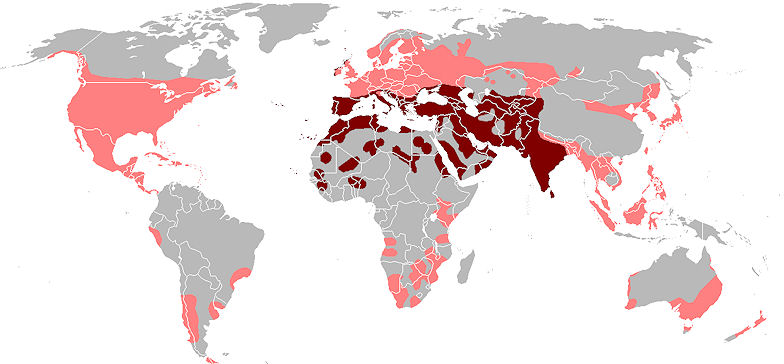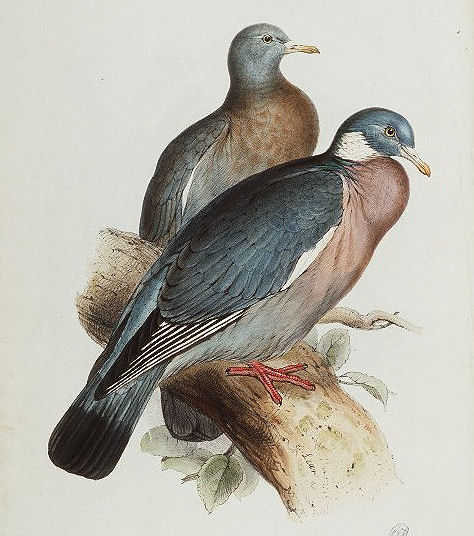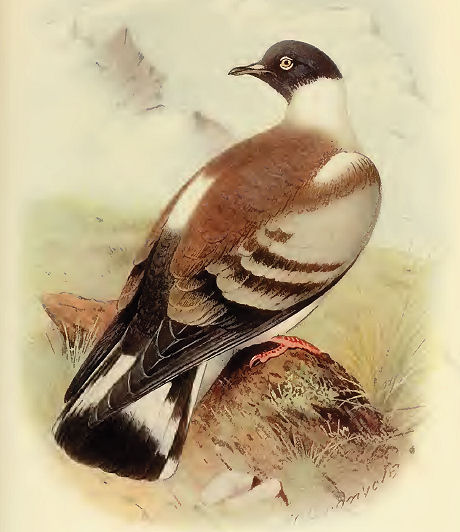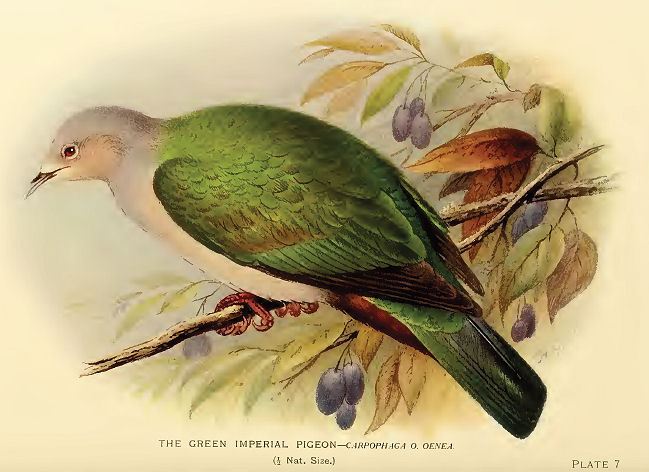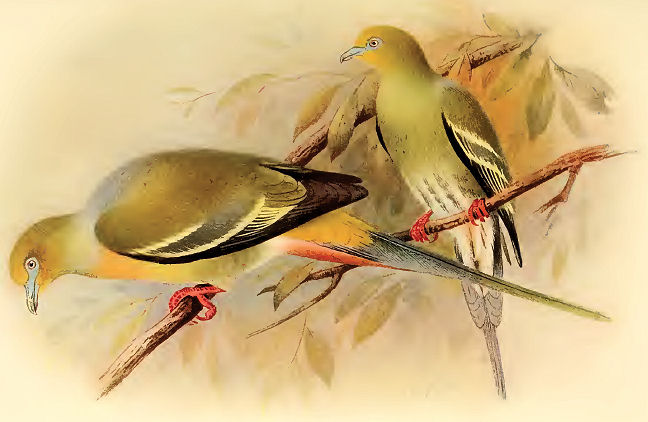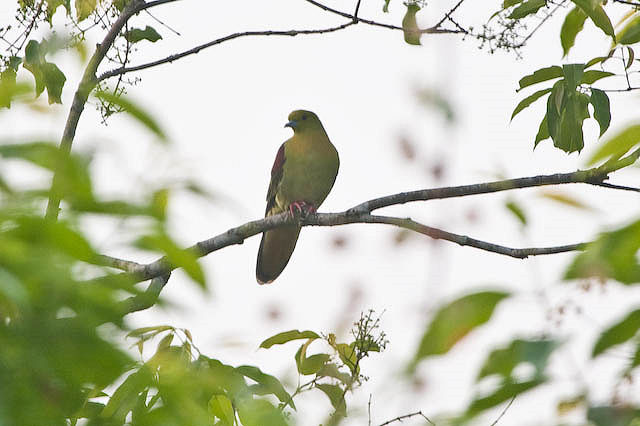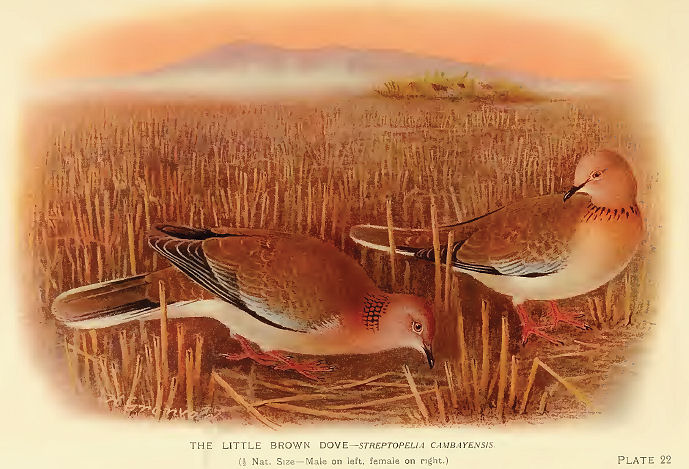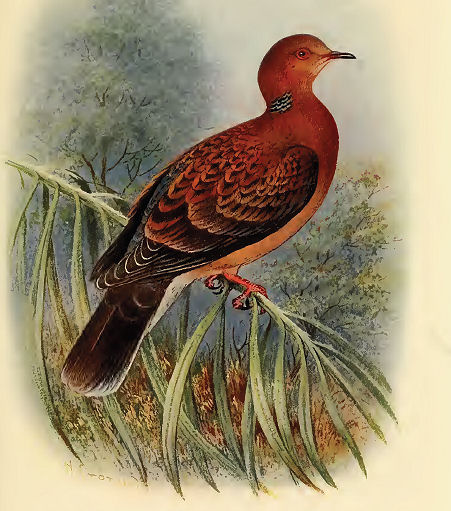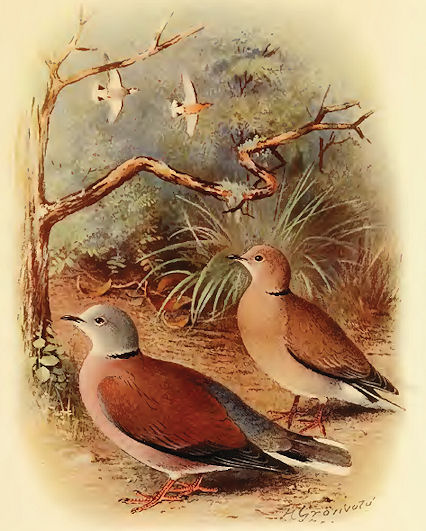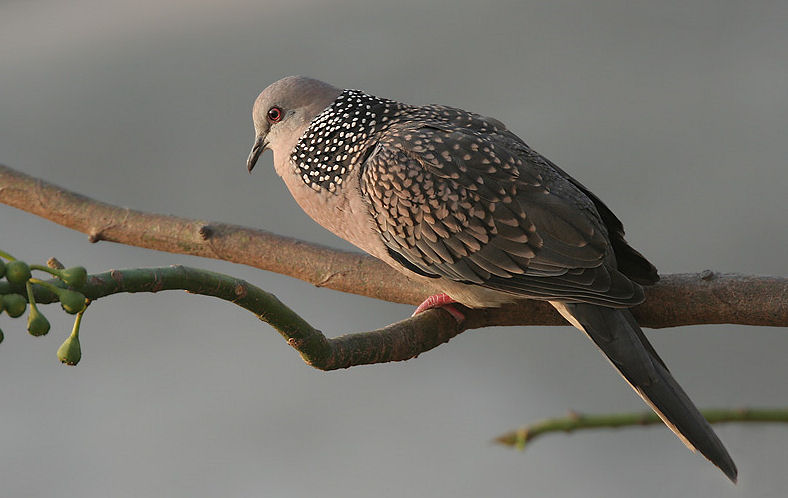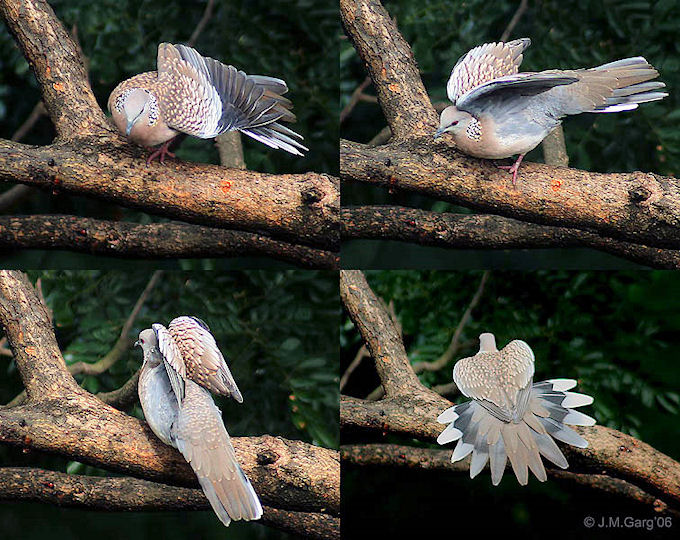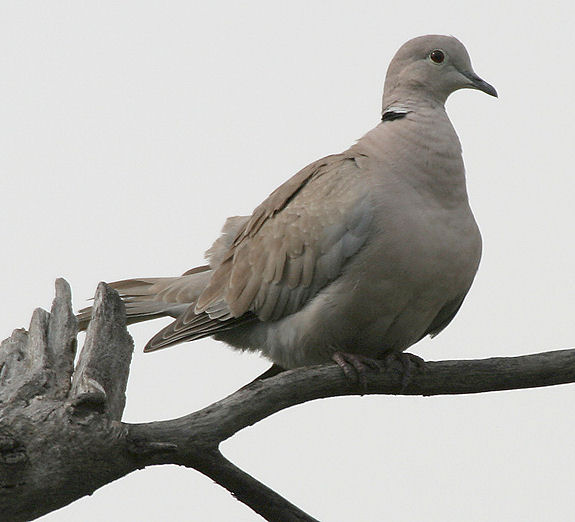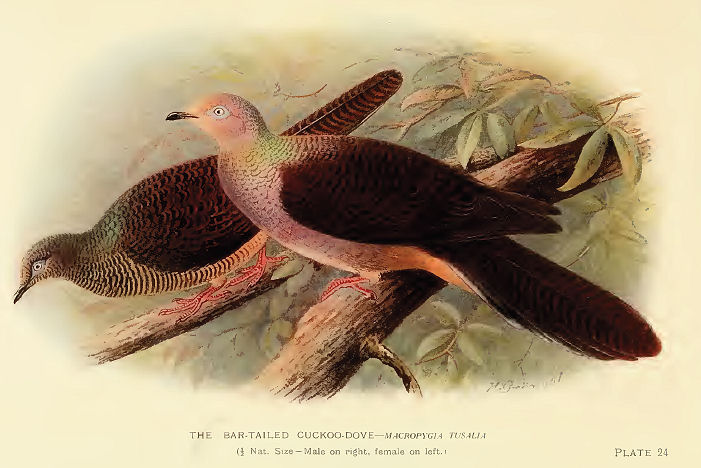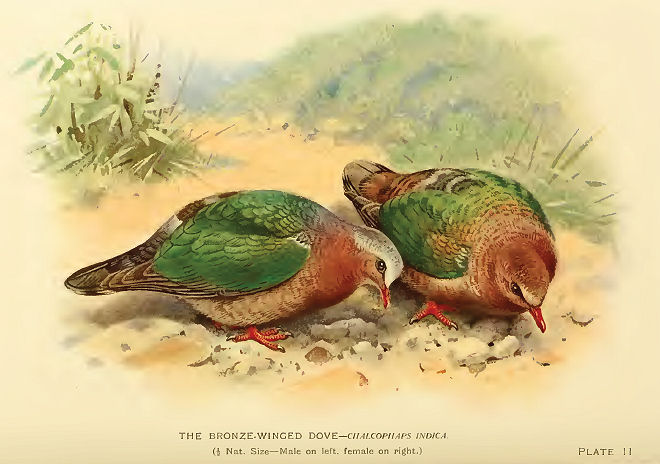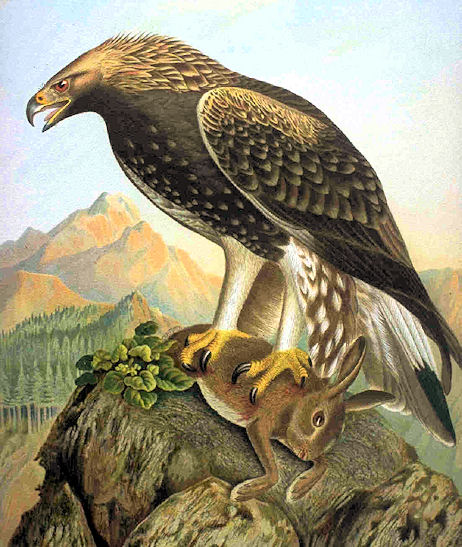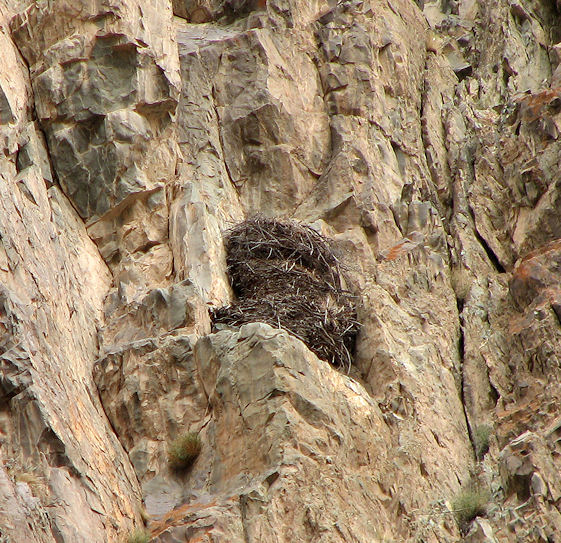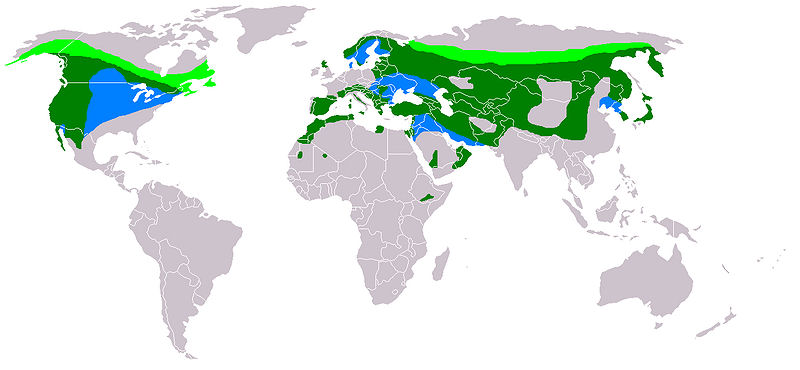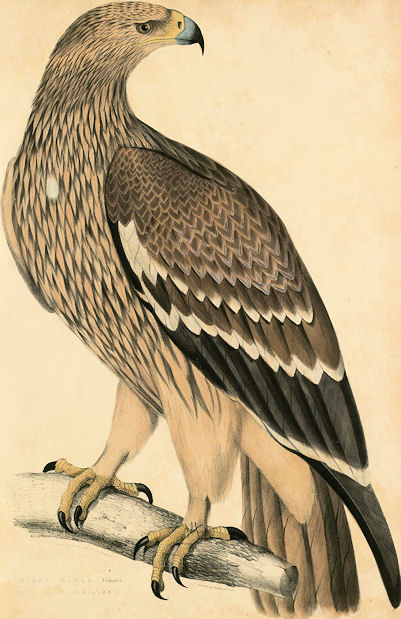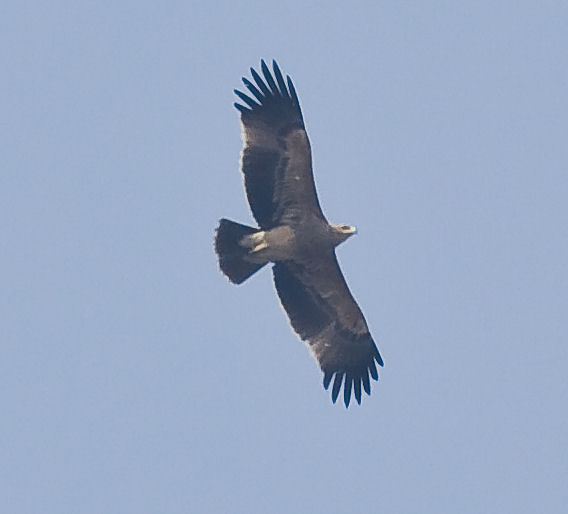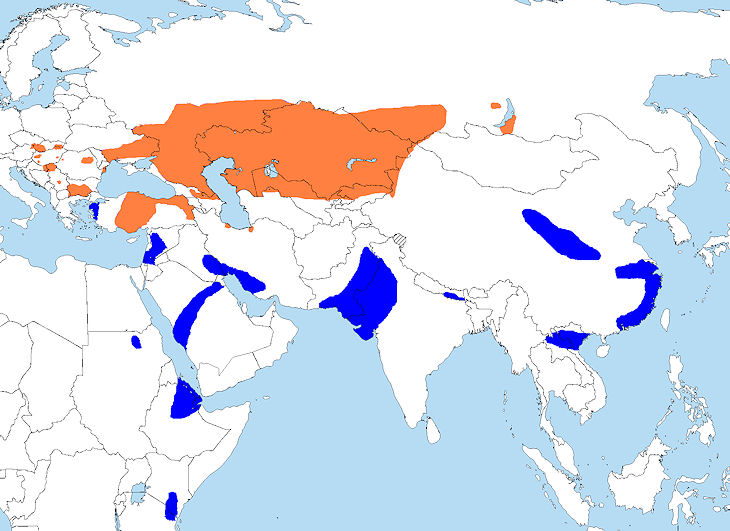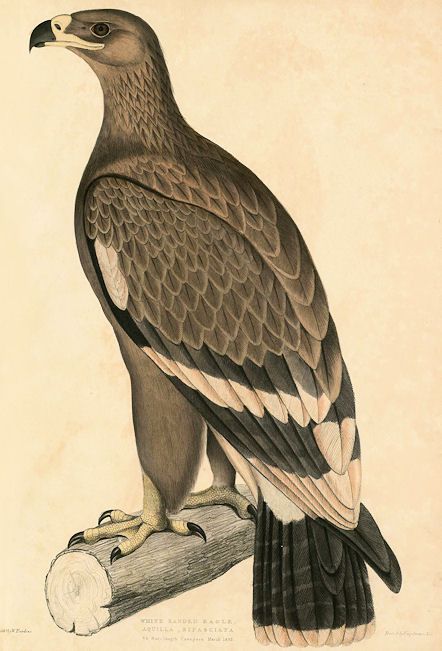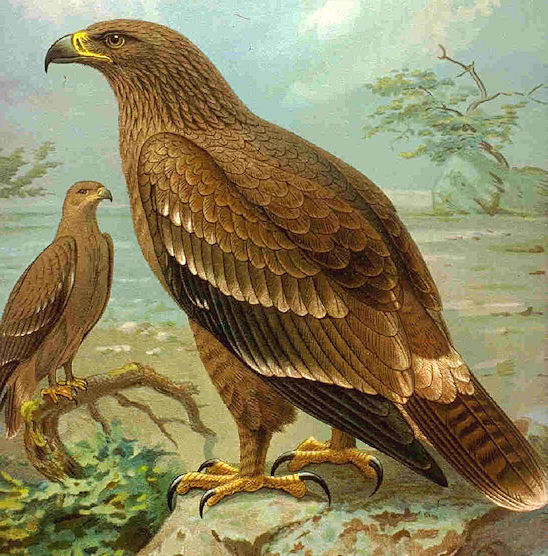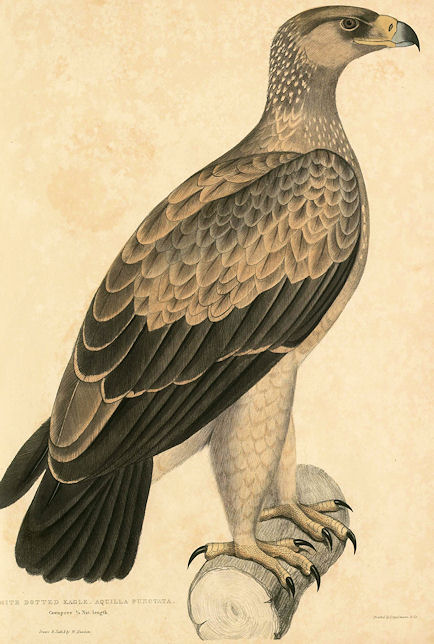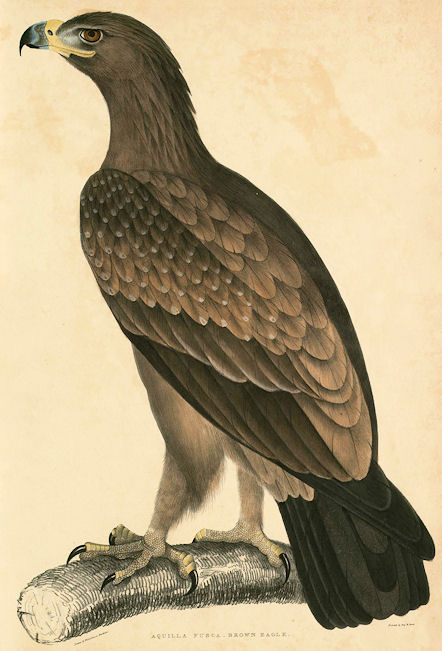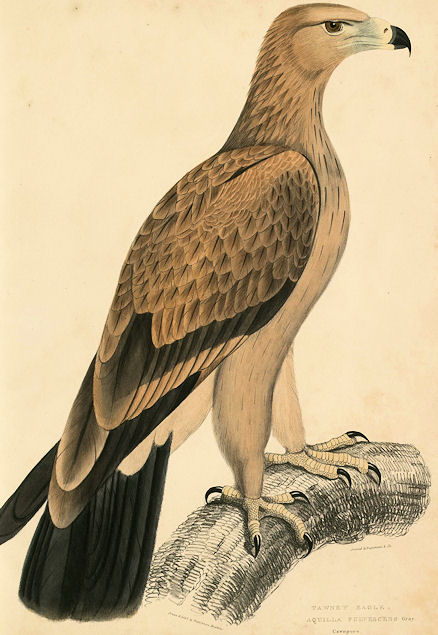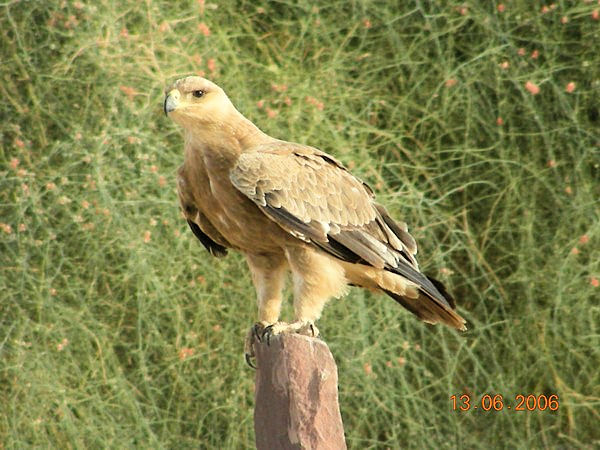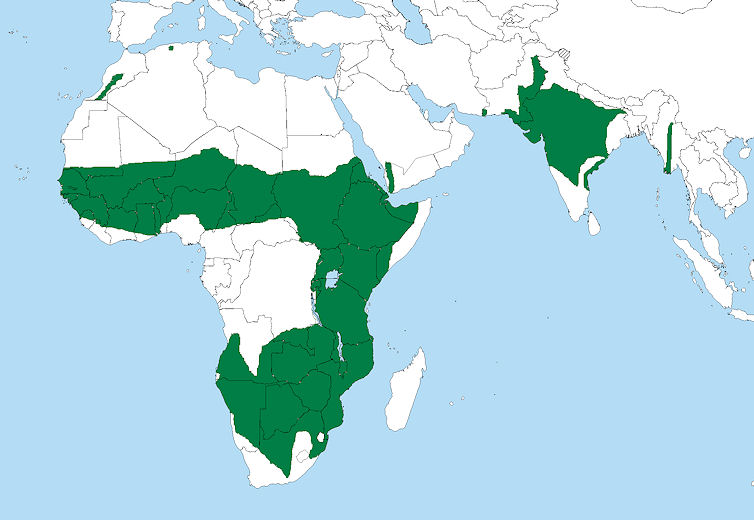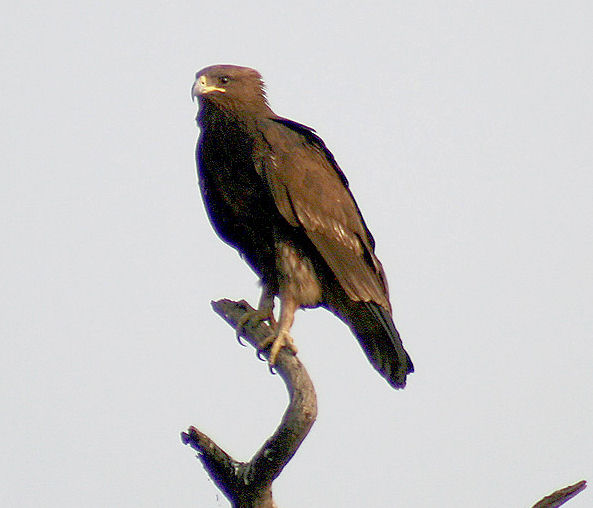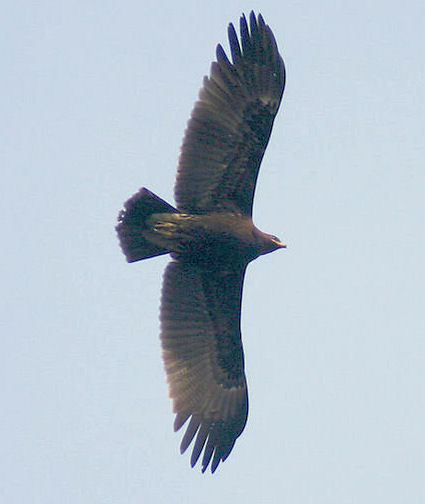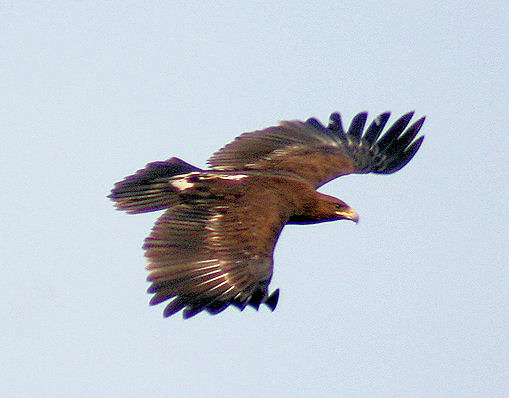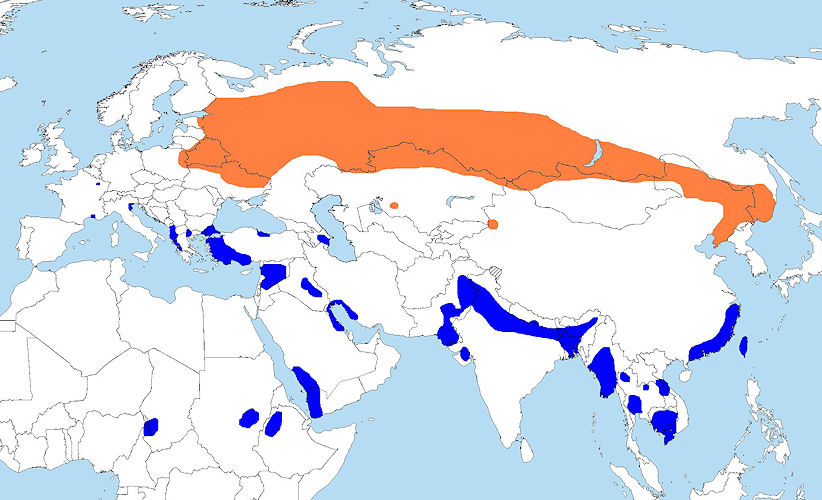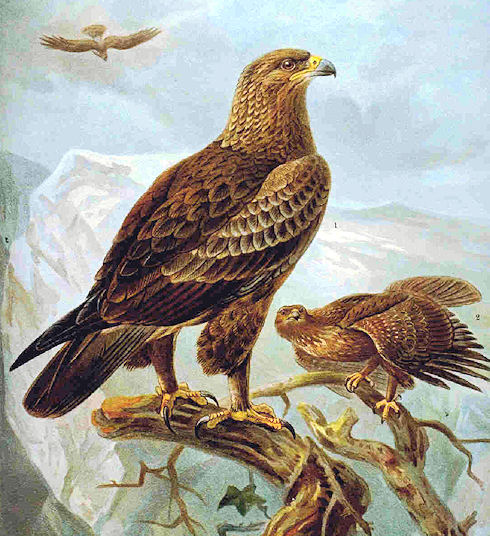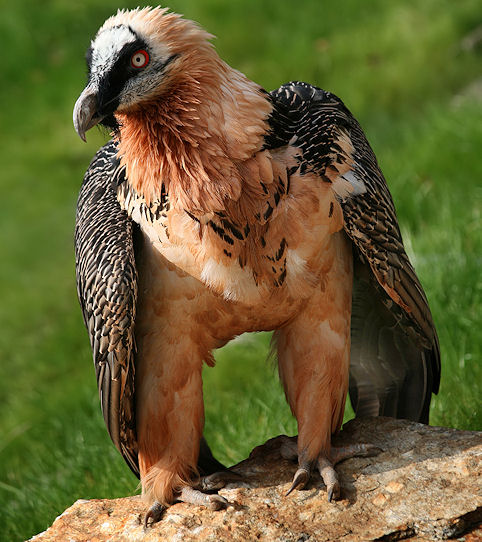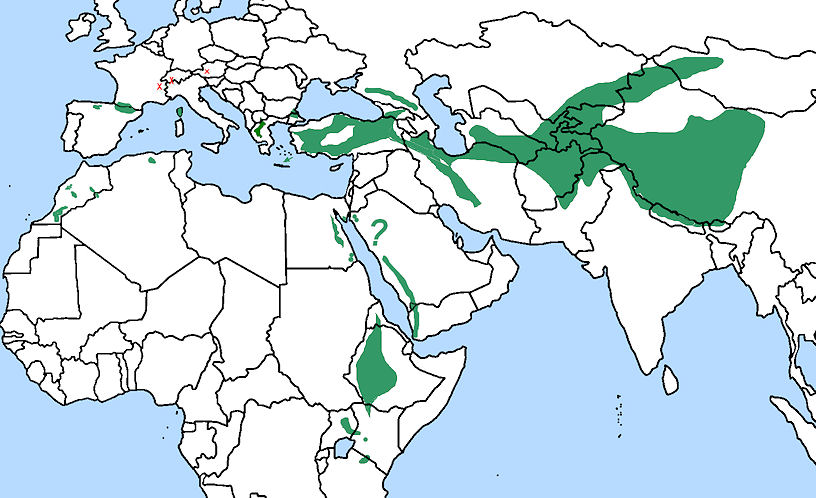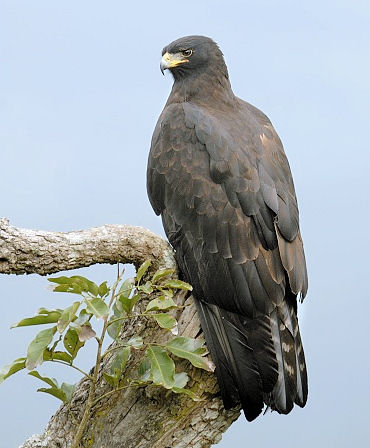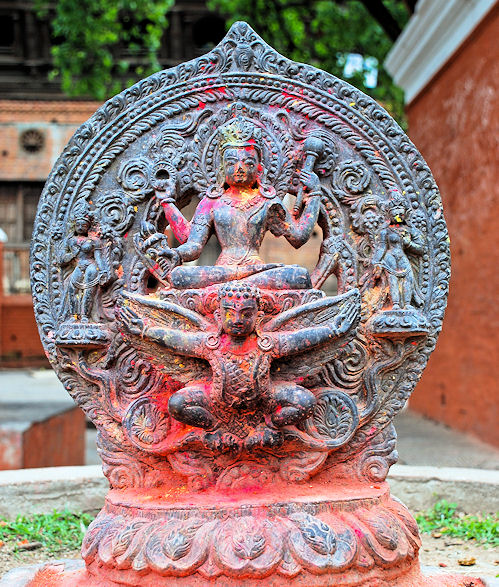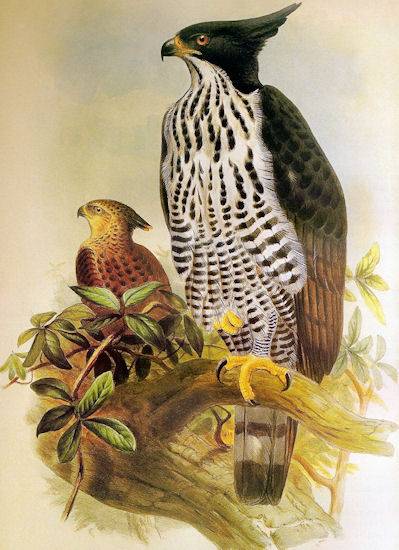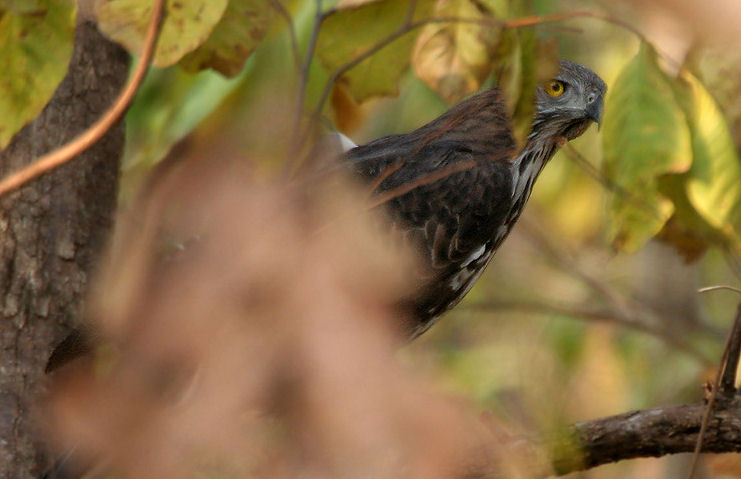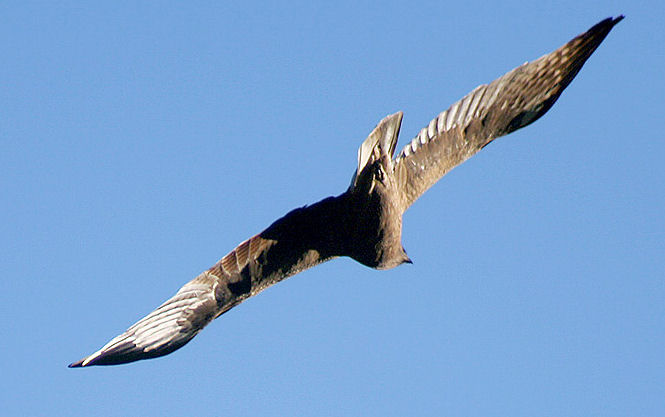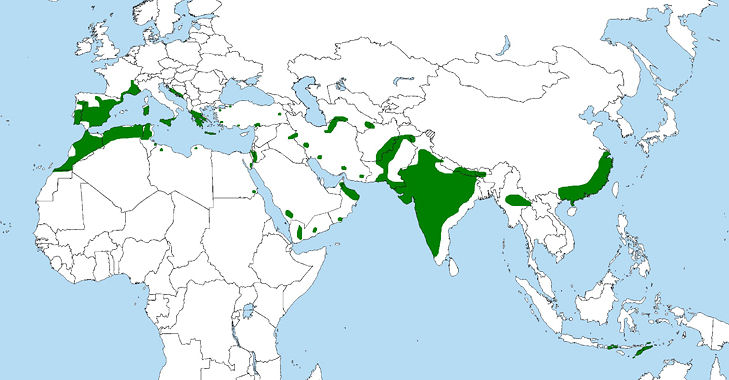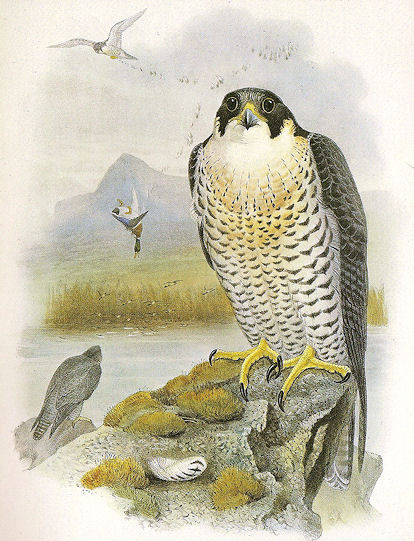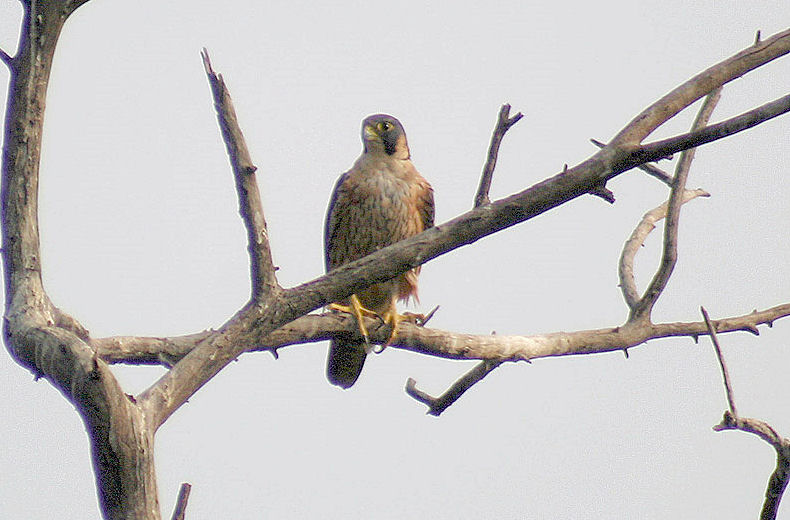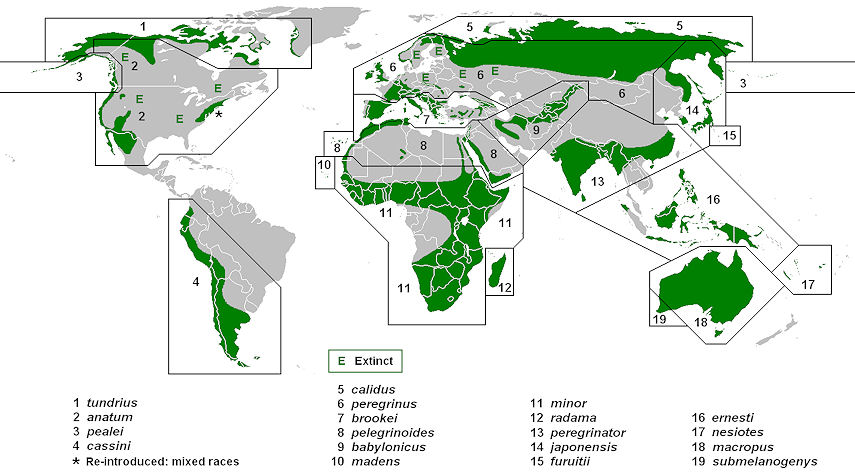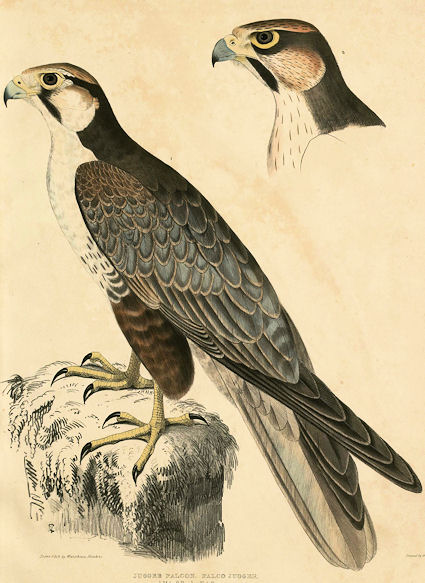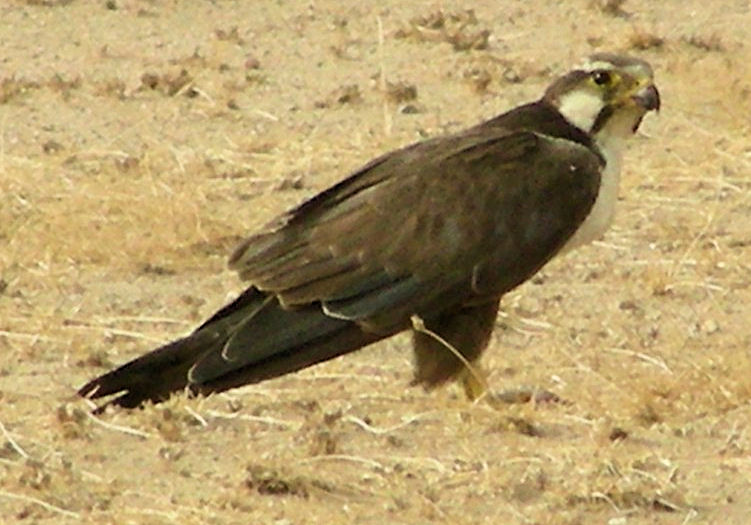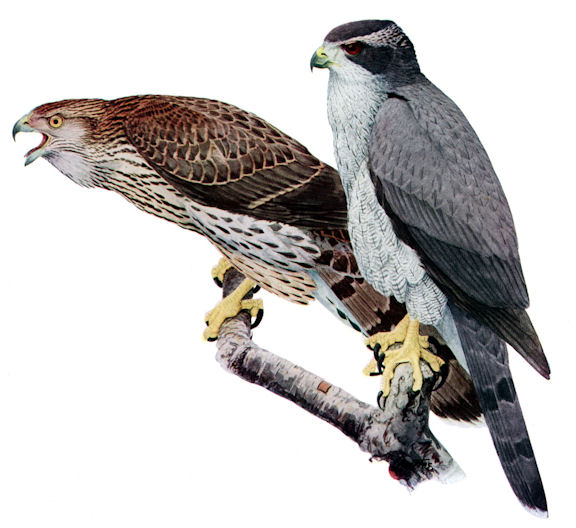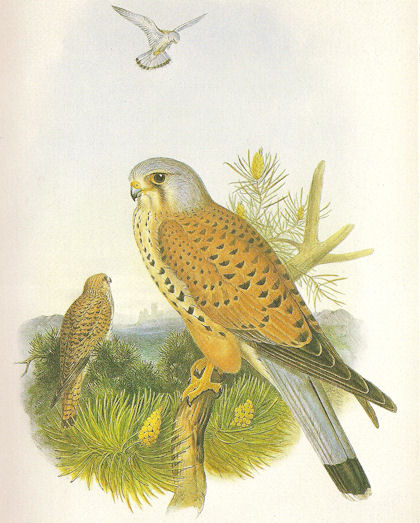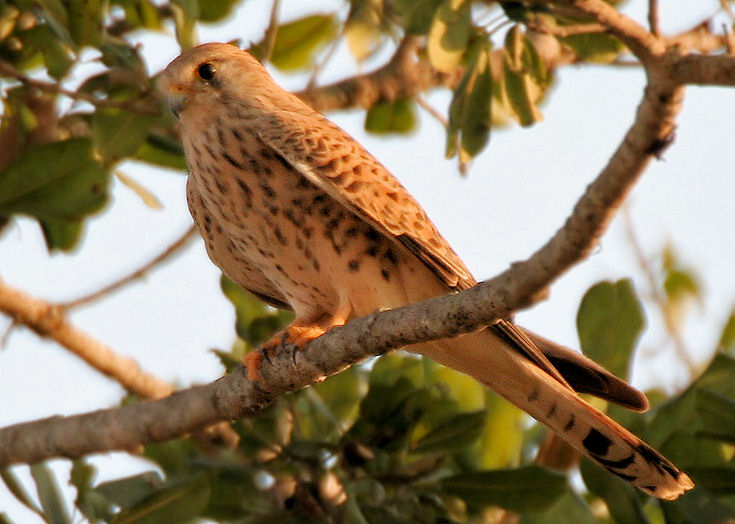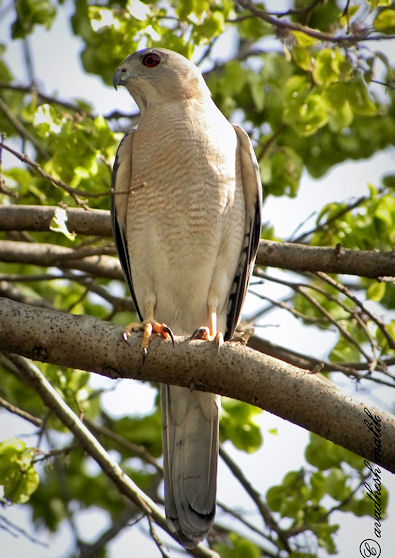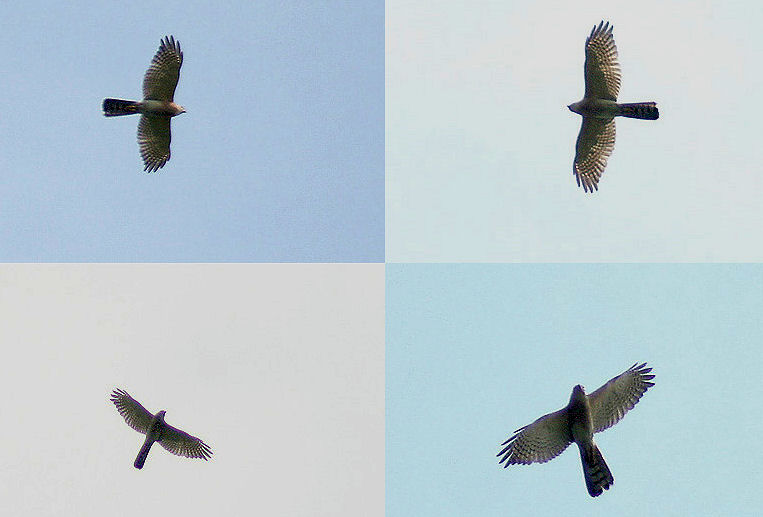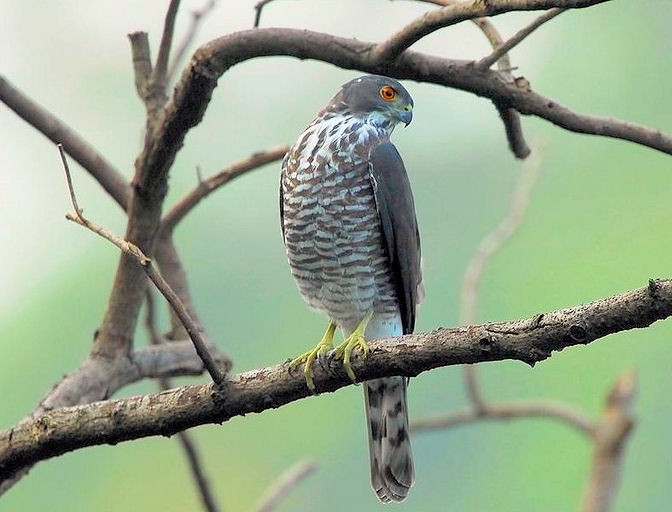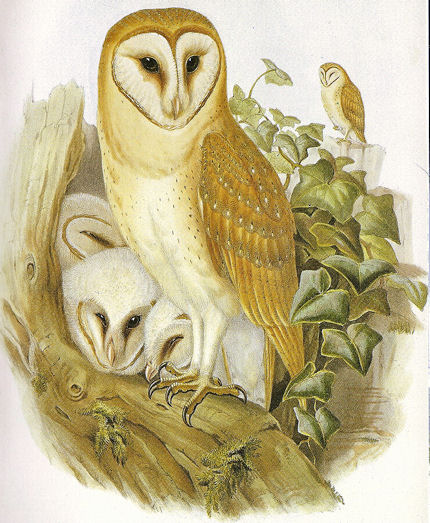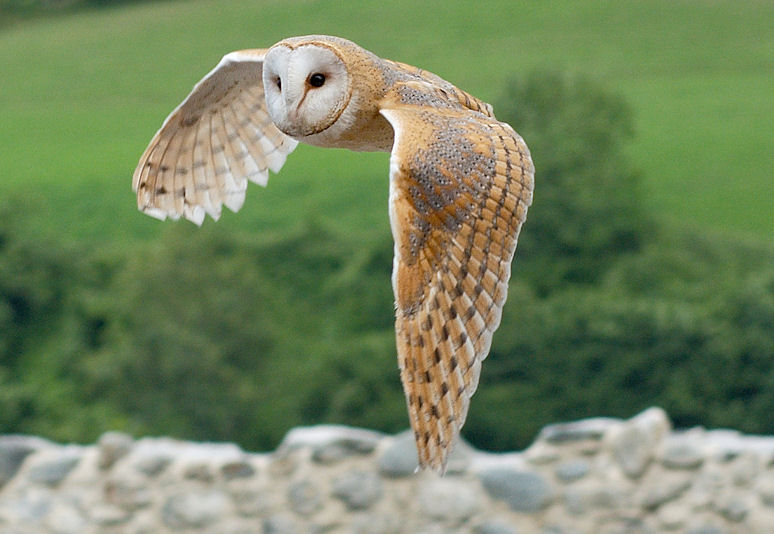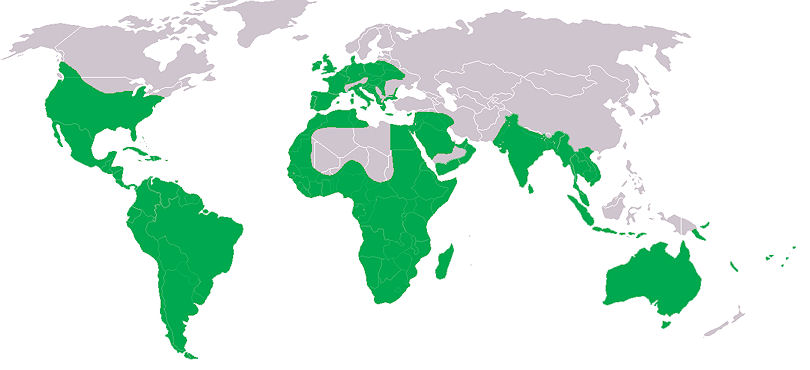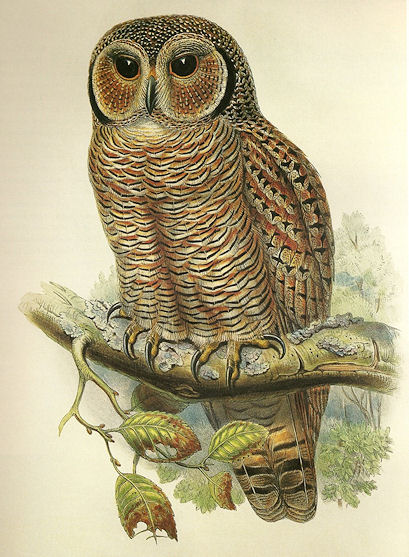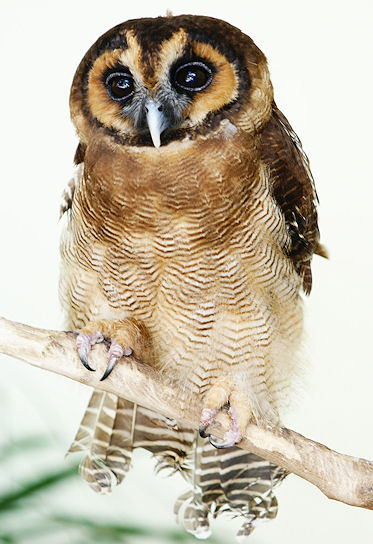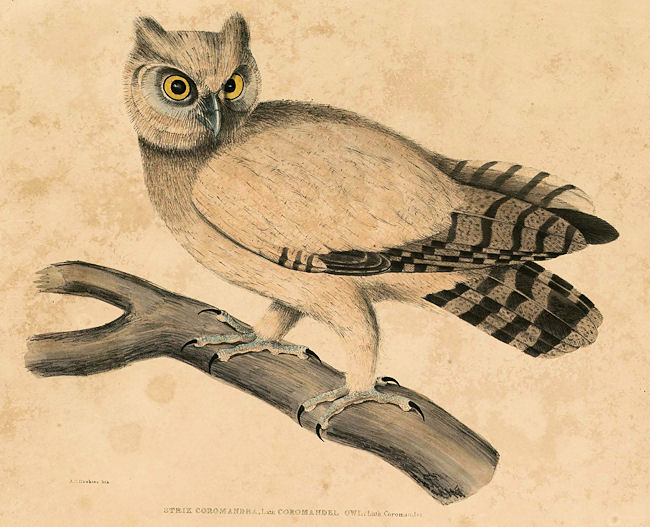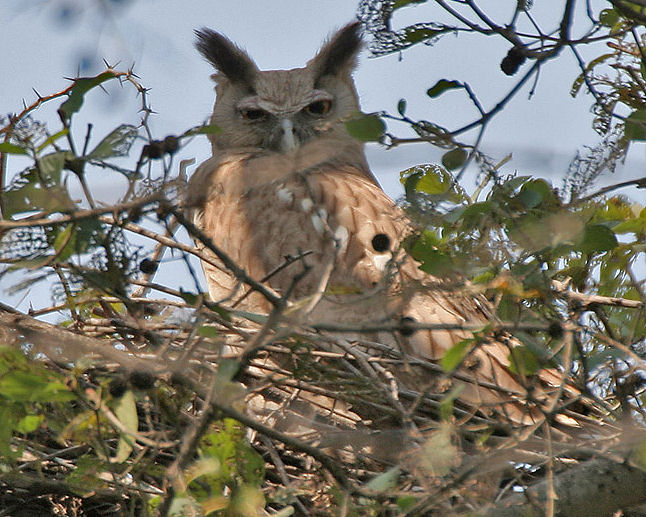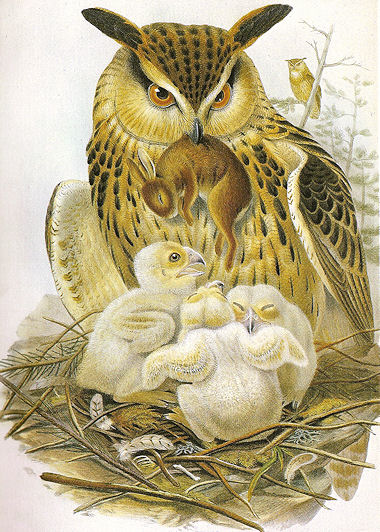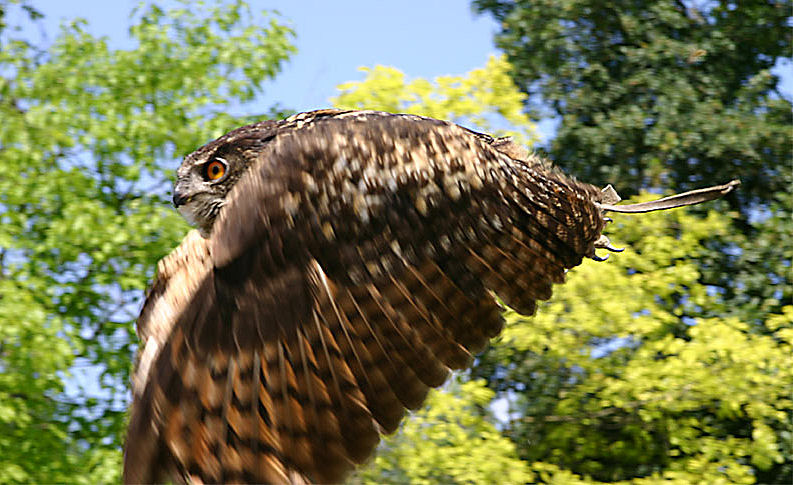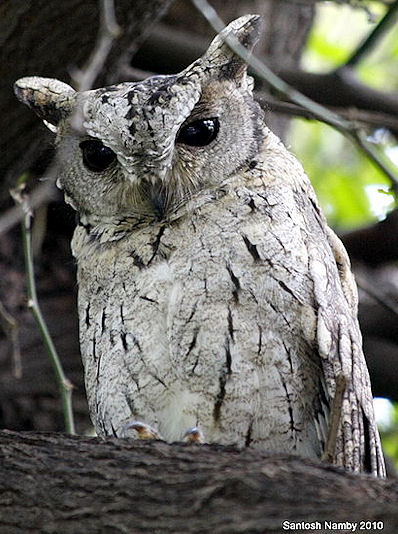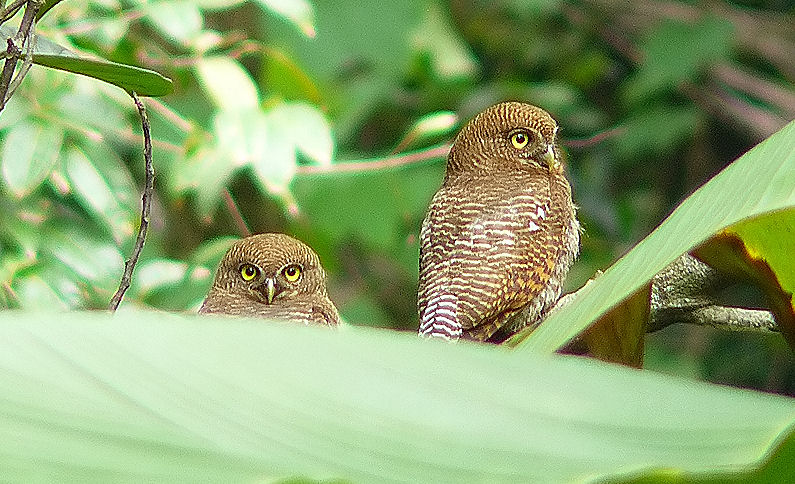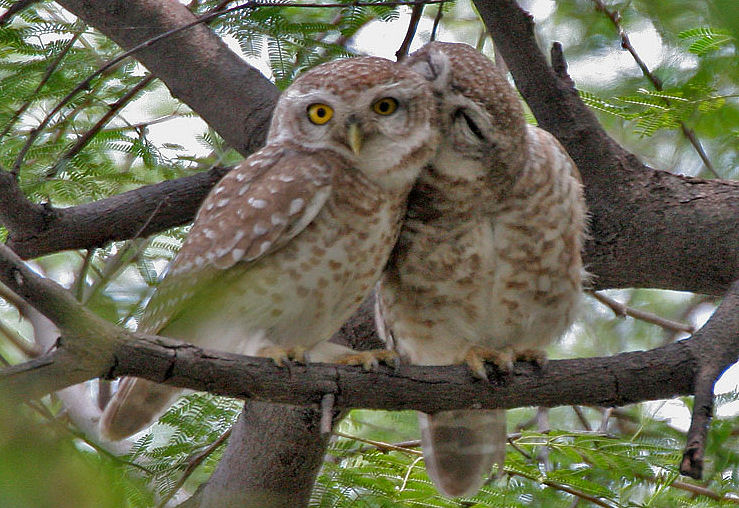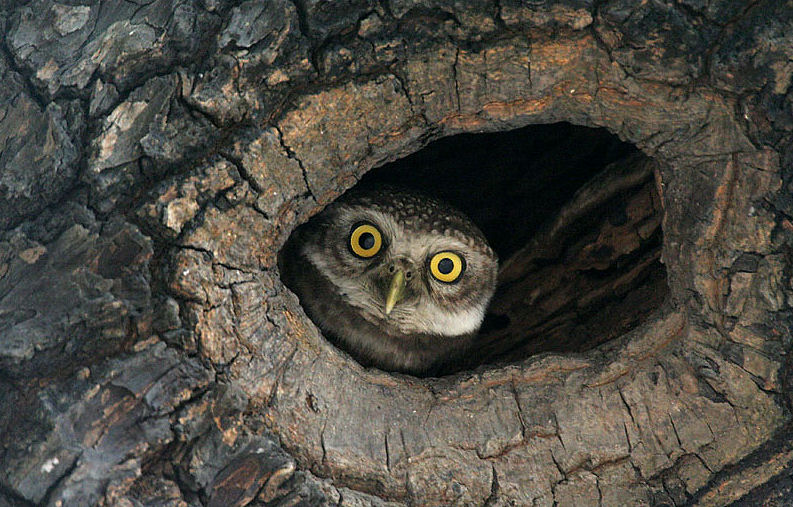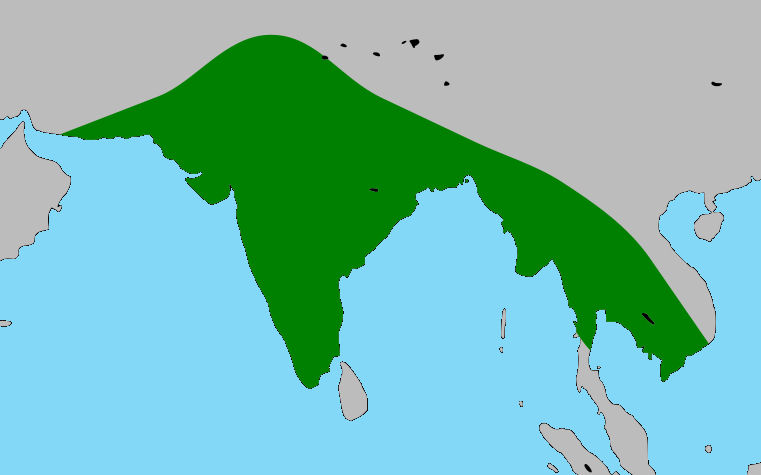|
Falco peregrinus "If we except Latham's description of F.
Calidus, taken from an Indian drawing, there was no record of
the existence of the Peregrine Falcon in India before my Catalogue
of Birds was published in 1839. Franklin's and Sykes' Catalogues do
not contain it. Plodgson, in 1844, gave it as found in
NepaL It is found throughout the whole continent of India, from
the Himalayas to Cape Comorin, during the cold weather only. I
have found it near Trichinopoly, and at Calicut, on the West
Coast, and I know that many used to be captured at Ramnad still
further South. It is abundant all along the East Coast, less so
perhaps on the West Coast and inland, is found in suitable
localities, especially where there are lakes and large rivers, or where
hilly tracts occur, up to the Himalayan range. It prefers here (as
elsewhere, I believe,) the sea coast, perhaps by reason of the
greater abundance of food, as the water birds are much preyed on by
this Falcon.
I have seen the Bhyri strike down various
water birds, teal, duck, &c.; and on one occasion I saw a pair
pursue and kill a snipe. Often a large flock of duck has been forced
to come within reach of my gun at some small tank by the downward
swoop of a Bhyri, which the hapless fowl dread more than
man even, and I have often had wounded teal, snipe, and
other birds carried off by them.
The Bhyri has particular haunts that it
frequents for days or weeks together, and near some of their
feeding grounds there is often a particular tree to which they
invariably resort to eat the birds they have caught. In their untrained
state they seldom fly at larger birds than duck, to which however
they arc very partial, so that their representative in America, F. Anatum, is there popularly called the duck hawk.
The Bhyri does not breed In this country, nor
even, I believe, in the Himalayas, but migrates to the north in
April, and returns about the first week of October. Mr. Layard
mentions the Peregrine as breeding in Ceylon in January, and Dr.
Adams says that he found the nest on a tree on the banks of
the Indus below Ferozepore; but I imagine in both cases an old Laggar has
been mistaken for the Bhyri. The Peregrine breeds in
Europe and Northern Asia, on high cliffs, often on the sea coast, or
overhanging a river or lake. The eggs, three or four in number, are
reddish colored with brown spots.
The Bhyri is still trained in some parts of
the country for the purposes of falconry, and used to be so much
more extensively than now. The birds were mostly captured on the
coast, and sold for a few Rupees, from two or three to ten, to the
falconers who came to purchase them. It is trained to strike
egrets, herons, storks, cranes, the Anastomus, Ibis papillosa, Tantalus
leucocephalus, &c. It has been known though very rarely to strike the
Bustard. Native falconers do not train it to hunt in couples, as is
done in Europe sometimes. I may here mention that the idea of the Heron
ever transfixing the hawk with its bill is scouted by all
native falconers, many of whom have had much greater experience
than any Europeans. After her prey is brought to the ground
indeed, the Falcon is sometimes in danger of a blow from the
powerful bill of the heron, unless she lays hold of the Heron's
neck with one foot, which an old bird always does. Whilst on this
subject, I may state that our best artists, Landseer included,
represent the Falcon when stopping on her quarry as striking with
her beak, whereas, as is well known, she strikes only with her
talons, and chiefly with the powerful hind claw, backed by the impetus
of her stoop, when she contracts the foot, and thus
clutches her prey. When the Kulung, (Grus virgo) is the quarry, the
Bhyri keeps well on its back to avoid a blow from the sharp,
curved, inner claw of the crane, which can, and sometimes does, inflict a severe
wound."
[Quelle: Jerdon, T.
C. (Thomas Claverhill) <1811-1872>: The birds of India. -- Calcutta,
1862. -- Vol 1. -- S. 23ff.]
|
|
Falco peregrinus peregrinator "Sundevall first described this Falcon in his
paper on the Birds of Calcutta, published at Lund in Sweden, 1838,
which, however, was not known in England till Strickland had it
translated in 1846. I was the first English writer who noticed
it. This was in 1839. Sundevall obtained his specimen on boardship
in N. L. 6° between Ceylon and Sumatra, about 70 miles from the
Nicobar Islands.
The Shahin Falcon is found throughout the
whole of India from the Himalayas to the extreme South, extending
into Afghanistan and Western Asia. It is, however, far from
being a common bird. Its habitual resorts are high rocky hills, in the
neighbourhood of jungle and forest land, whether in a low or
mountainous country, though the latter is always preferred. In the Carnatic,
which is nearly devoid of forest, the Shahin is but seldom met with,
yet there are certain spots even there, where individuals of the
species resort to after the breeding season, being chiefly young birds,
and they are known to breed in various parts of the range of
Eastern Ghauts. Its habits in a wild state vary somewhat according to
the kind of country frequented. If a denizen of a forest, it
watches on some lofty tree at the skirts of a glade, or hovers
over it, ready to pounce on any unlucky bird that ventures to cross. In
more open country it is necessitated to take a wider circuit in
search of its prey, and is of course much more on the wing. Such
birds are more highly prized for training than forest-bred birds,
which are therefore seldom sought for. This Falcon destroys large
quantities of game, partridges, quails, &c., and it is said to be
very partial to parroquets. This assertion is corroborated by the fact of
my having first obtained a specimen of the Alexandrine
parroquet by the agency of a Shahin, which pounced on a flock
crossing a glade of a forest in Malabar, and carried one off,
but dropped it on my firing at it. Very lately, too, one belonging
to me having lost a partridge at which it was flown, took a long,
though unsuccessful flight after some parroquets it spied high up
in the air. One I shot in Travancore just after sunset, was
busily devouring a oatsucker it had captured.
The Shahin breeds on steep and inaccessible
cliffs. I have seen three eyries, one on the Neilgherries,
another at Untoor, and a third at the large water-fall at Mhow. It
lays its eggs in March and April, and the young fly in May and June,
when they are caught by the Falconers.
The Royal Falcon of the East (as its Indian
name implies) is very highly prized by the natives for
hawking, and it is esteemed the first of all the Falcons, or black-eyed
birds of prey (as they are called in native works on Falconry), the
large and powerful Bhyri (the Peregrine) even being considered
only second to it. Although hawking is now comparatively at a
low ebb in India, yet many individuals of this species are
annually captured in various parts of the Peninsula, and taken for sale to
Hydrabad, and other places where the noble sport of
Falconry is yet carried on, and they sell for a considerable price. The
Shahin and other Falcons are usually caught by what is called
the Eerwan. This is a thin strip of cane of a length about equal
to the expanse of length of the bird sought for. The ends of
the stick are smeared with bird-lime for several inches, and a
living bird is tied to the centre of it. On observing the hawk, the
bird, which has its eyes sewn up to make it soar, is let loose, and
the Falcon pounces on it, and attempts to carry it off, when the ends
of its wings strike the limed twig, and it falls to the ground. The
birds usually selected for this purpose are doves, either Turtur risorius or T. humilis.
The Shahin is always trained for what, in the
language of Falconry, is called a standing gait, that is,
is not slipped from the hand at the quarry, but made to hover and
circle high in the air over the Falconer and party, and when the
game is started, it then makes its swoop, which it does with amazing
speed. It is indeed a beautiful sight to see this fine bird stoop
on a partridge or florikin, which has been flushed at some considerable
distance from it, as it often makes a wide circuit round the party.
As soon as the Falcon observes the game which has been flushed, it
makes two or three onward plunges in its direction, and then
darts down obliquely with half-closed wings on the devoted quarry, with
more than the velocity of an arrow. This is of course a very sure
and deadly way of hunting, but though infinitely more
exciting than the flight of short-winged hawks, is certainly not to be
compared in interest to the flight of a Bhyri from the hand after
the heron, or the Douk ( Tantalus leucccephalus ). The Shahin
is usually trained to stoop at partridges and florikin (Otis
aurita), also occasionally at the stone plover (Oedicnemus crepitans) and
the jungle fowl. It will not hover in the air so lonog as the Laggar, which being of a more patient and docile disposition,
will
stay up above an hour.
Of its range out of India we have at present
no correct information ; but in several works on Falconry, which I
have seen in this country, Persian, Toorkish, and Arabic names
are assigned it, so that it may occur in other parts of Asia. In these
works the name Shahin is said to be that by which it is known in
Persia, as well as among the Mussulmans of India, Kohi being the
name given to it by the Hindoos of the north of India, whence,
in all probability, comes the name of the male bird in general
use, viz., Koela, or Kohela, though it is said to be called
Shahin bacha in Persia. It is said to bear the name of Lahin in
Toorkistan, and Kabarsh in Arabic. Among the localities for it given in
the native works of Falconry, are Koordistan, Khorasan, Moultan,
and Cabool.
Several varieties are enumerated, viz., the red, the
white, the blue, and the black, but these are merely shades of
difference in the colors, and in the more or less distinctness of the
markings. These variations however, I may remark, are very considerable
in this Falcon, as well as in the Peregrines found in India, and
are probably in some measure owing to the long domestication, if I
may so speak, of these birds, which are always liberated by
the natives when no longer required, as it is well known that
birds moulting in confinement vary somewhat in the shades of
their plumage from those subject to the more vigorous actions of a wild state of
life."
[Quelle: Jerdon, T. C. (Thomas
Claverhill) <1811-1872>: The birds of India. -- Calcutta, 1862. --
Vol 1. -- S. 26ff.] |

